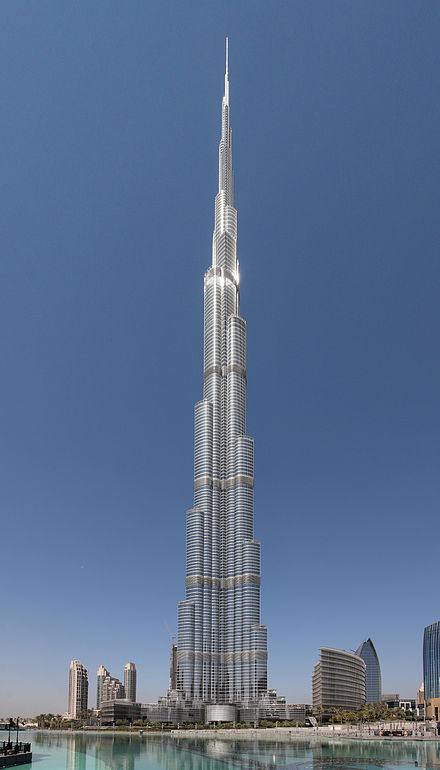How Concrete Pumps Revolutionize Skyscraper Construction with Efficiency and Precision
How Concrete Pumps Revolutionize Skyscraper Construction with Efficiency and Precision
In the world of modern architecture, skyscrapers stand as symbols of innovation, engineering prowess, and human achievement. These towering structures, reaching towards the sky, are not just feats of design but also of meticulous planning and construction. At the heart of building these giants lies a crucial piece of equipment: the concrete pump.
What is a Concrete Pump?
A concrete pump is a specialized machine designed to efficiently transport liquid concrete to construction sites. It plays a pivotal role in large-scale projects, especially in urban settings where space constraints and logistical challenges are prevalent. The primary function of a concrete pump is to deliver concrete precisely and efficiently, ensuring that it reaches its intended location without delays or wastage.
Types of Concrete Pumps
There are two main types of concrete pumps: boom pumps and line pumps. Boom pumps are mounted on trucks and use a robotic arm (boom) to precisely place concrete in high-rise construction. They offer flexibility in reaching different parts of a construction site, making them ideal for skyscrapers where access can be challenging. On the other hand, line pumps are more compact and are typically used for smaller construction projects or where space is limited.
The Role of Concrete Pumps in Skyscraper Construction
- Efficiency in Concrete Placement: Skyscrapers require vast quantities of concrete for their foundations, columns, floors, and walls. Traditional methods of concrete placement, such as using cranes and buckets, are inefficient and time-consuming. Concrete pumps streamline this process by delivering concrete directly to the desired location, whether it's the foundation at ground level or the topmost floors under construction.
- Precision and Accuracy: Precision is paramount in skyscraper construction, where every cubic meter of concrete needs to be placed with accuracy. Concrete pumps ensure that concrete is poured exactly where it's needed, minimizing the risk of material wastage and errors. This precision is crucial for maintaining structural integrity and meeting architectural specifications.
- Increased Productivity: Time is money in construction, and skyscraper projects are no exception. Concrete pumps significantly enhance productivity by speeding up the concrete pouring process. Compared to traditional methods, which involve multiple handling and transportation steps, concrete pumps can deliver large volumes of concrete quickly and efficiently. This efficiency allows construction crews to stay on schedule and meet tight deadlines.
- Safety Considerations: Safety is a top priority in any construction project, especially when working at heights. Concrete pumps reduce the need for manual handling of heavy concrete loads, minimizing the risk of injuries to construction workers. By keeping workers away from hazardous zones and providing a controlled pouring environment, concrete pumps contribute to a safer workplace.
- Adaptability to Vertical Heights: Skyscrapers often require concrete to be placed at considerable heights, sometimes surpassing hundreds of meters above ground level. Boom pumps are designed with extendable booms that can reach these heights with ease. This adaptability ensures that even the highest floors of skyscrapers receive a consistent and continuous supply of concrete, regardless of the building's vertical elevation.
- Cost Efficiency: While concrete pumps represent a significant initial investment, they offer substantial long-term cost savings. Their efficiency in material usage, labor reduction, and time savings translates into lower overall construction costs for skyscraper projects. Moreover, the ability to complete projects faster can lead to earlier occupancy and revenue generation for developers.
Case Study: Burj Khalifa
The Burj Khalifa in Dubai, currently the world's tallest building, stands as a testament to the role of concrete pumps in skyscraper construction. During its construction, concrete pumps were instrumental in delivering over 330,000 cubic meters of concrete to heights exceeding 800 meters. Without the efficiency and precision of concrete pumps, achieving such a monumental feat would have been nearly impossible.
Future Trends and Innovations
As technology continues to advance, so do concrete pumping techniques. Innovations such as high-pressure pumps, remote-controlled operations, and advanced monitoring systems are transforming the capabilities of concrete pumps. These advancements not only improve efficiency and safety but also open new possibilities for skyscraper design and construction methodologies.
In conclusion, concrete pumps are indispensable tools in the construction of skyscrapers. They enable engineers and architects to push the boundaries of vertical architecture, delivering strength and stability where it matters most. From efficiency and precision to safety and cost-effectiveness, concrete pumps embody the modern principles of construction excellence. As urban landscapes continue to evolve, concrete pumps will remain at the forefront of building the cities of tomorrow, one skyscraper at a time.

Read More: https://almarwan.com/c/equipment-buy/transport-trucks/concrete-pump-trucks?brand=691&q=1724841294199




No comments:
Post a Comment